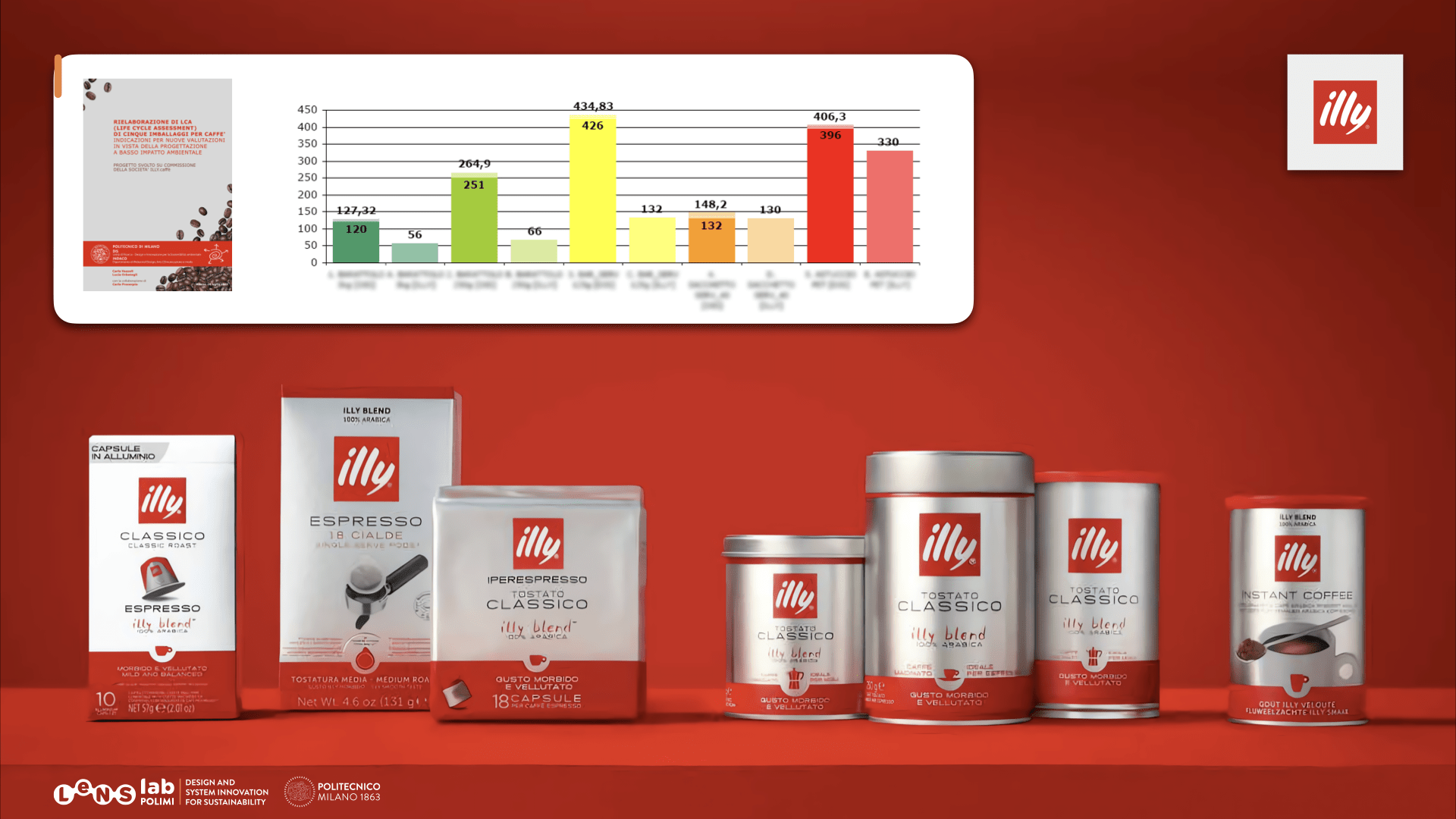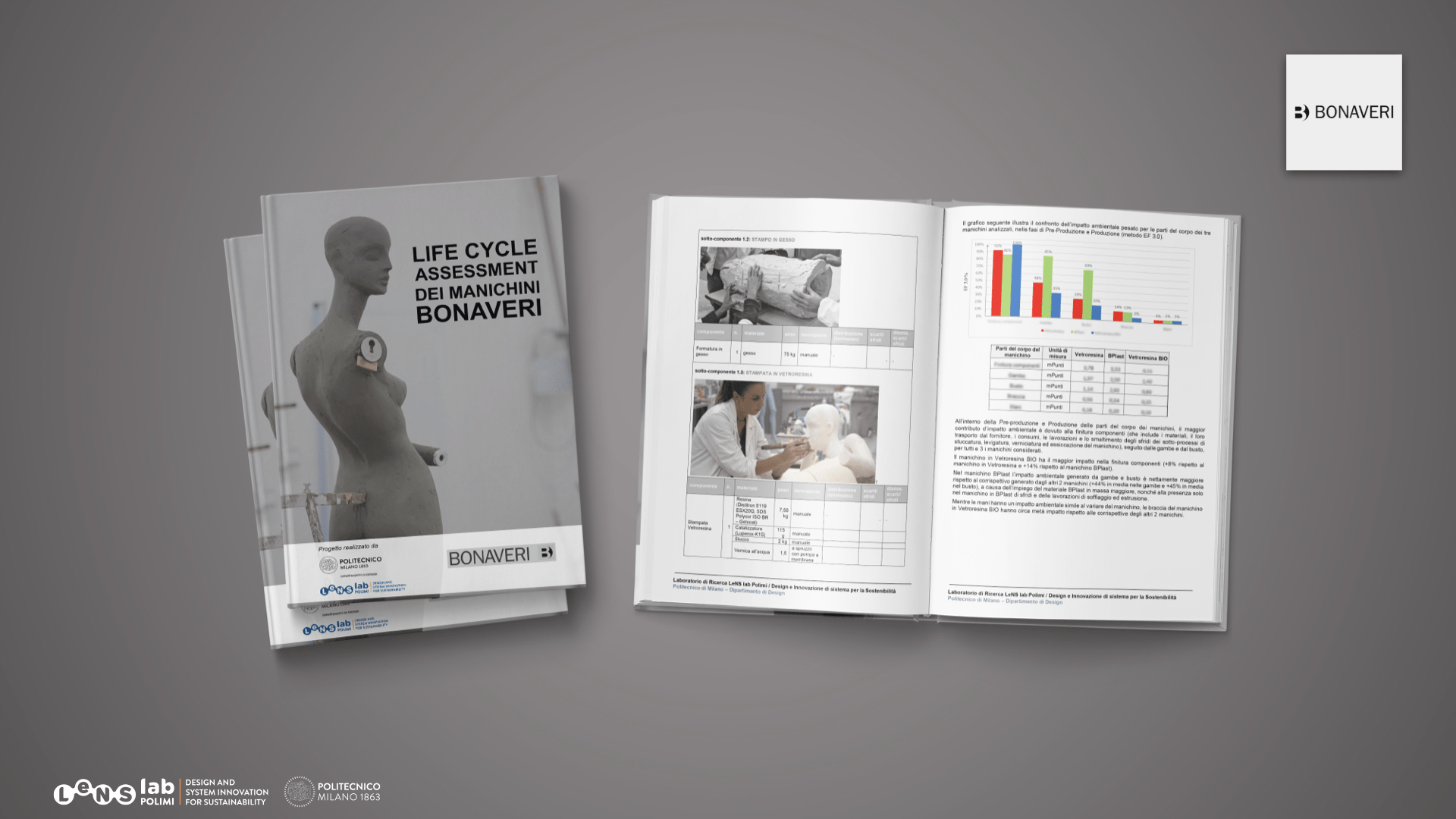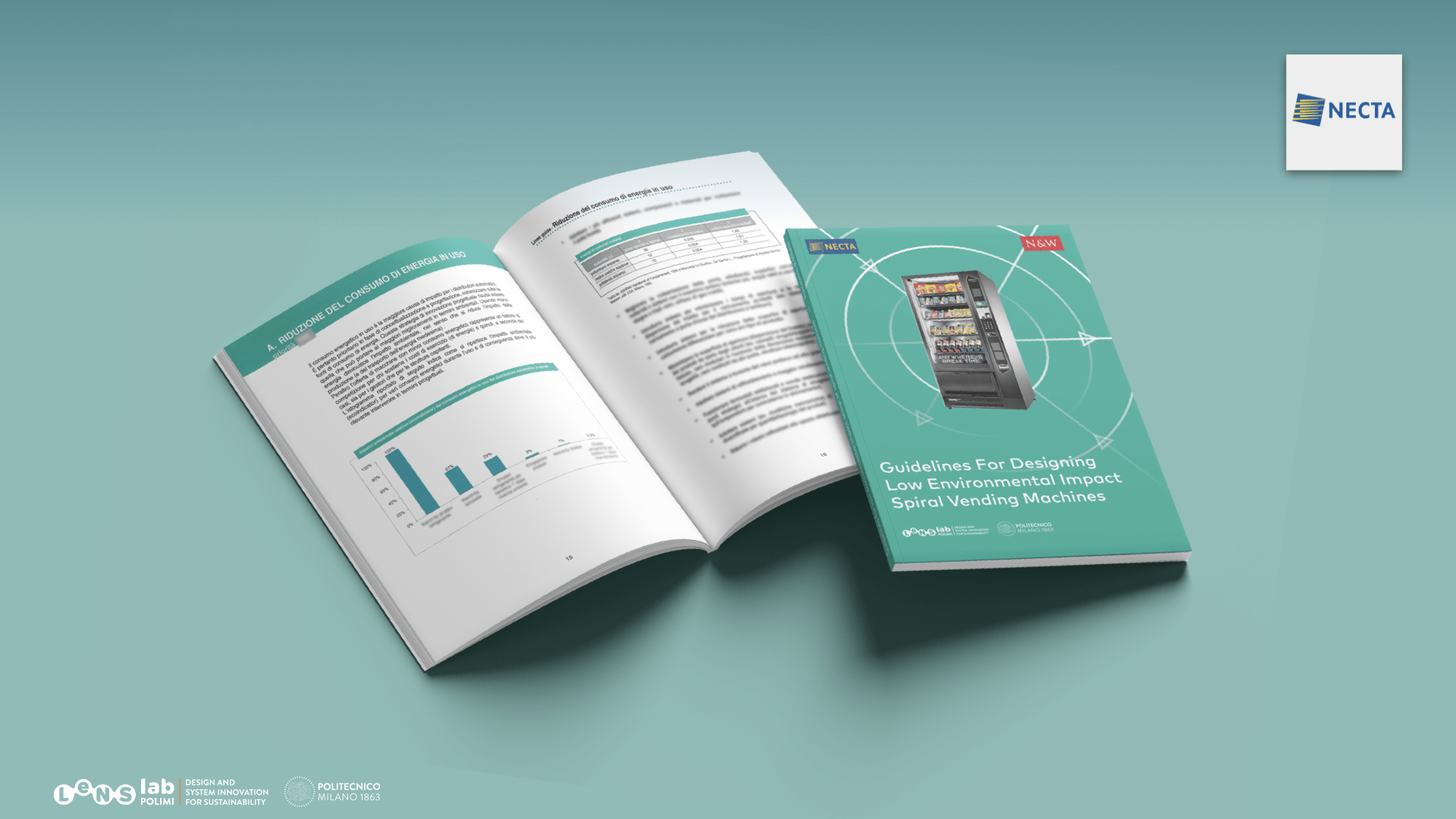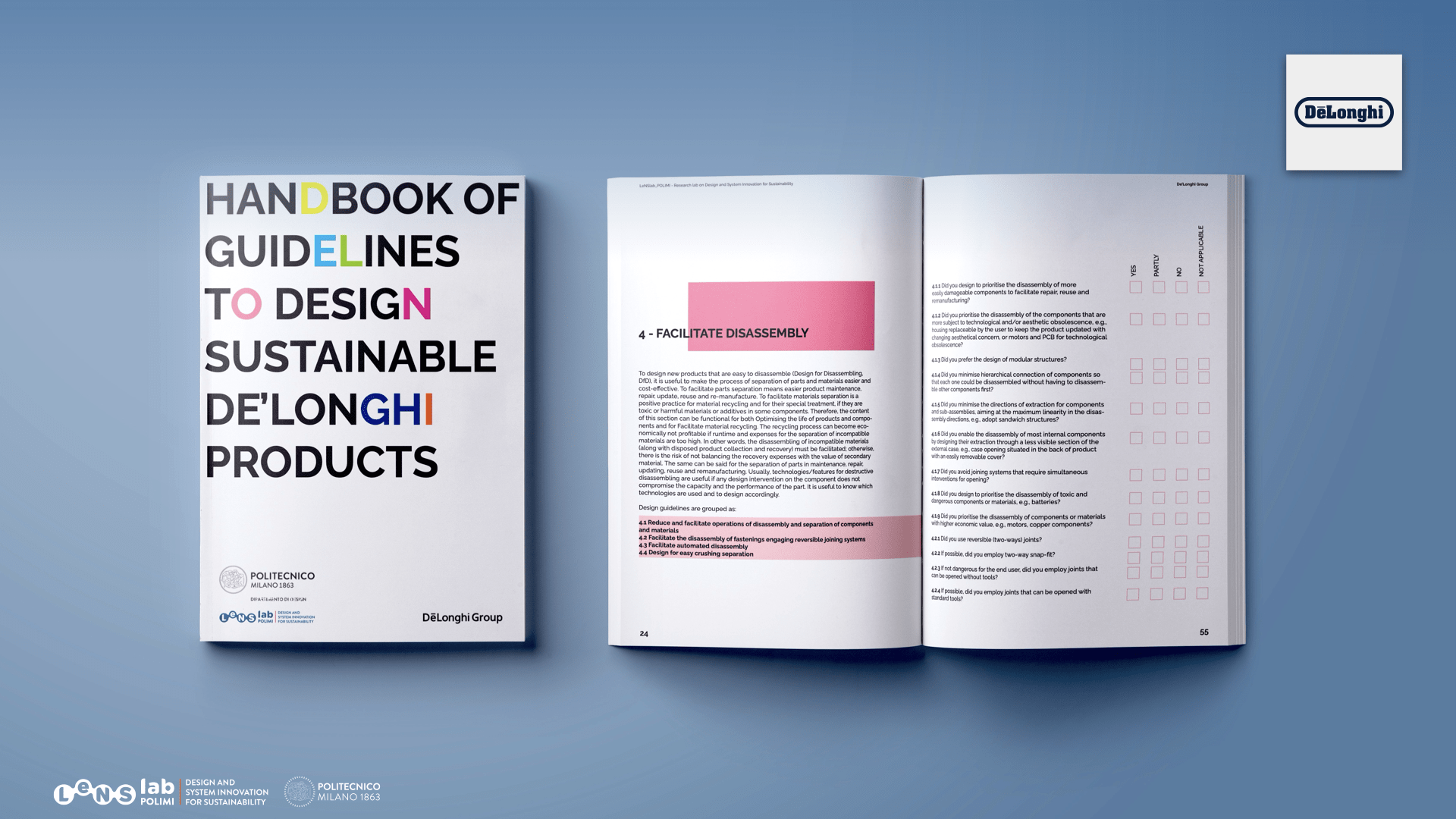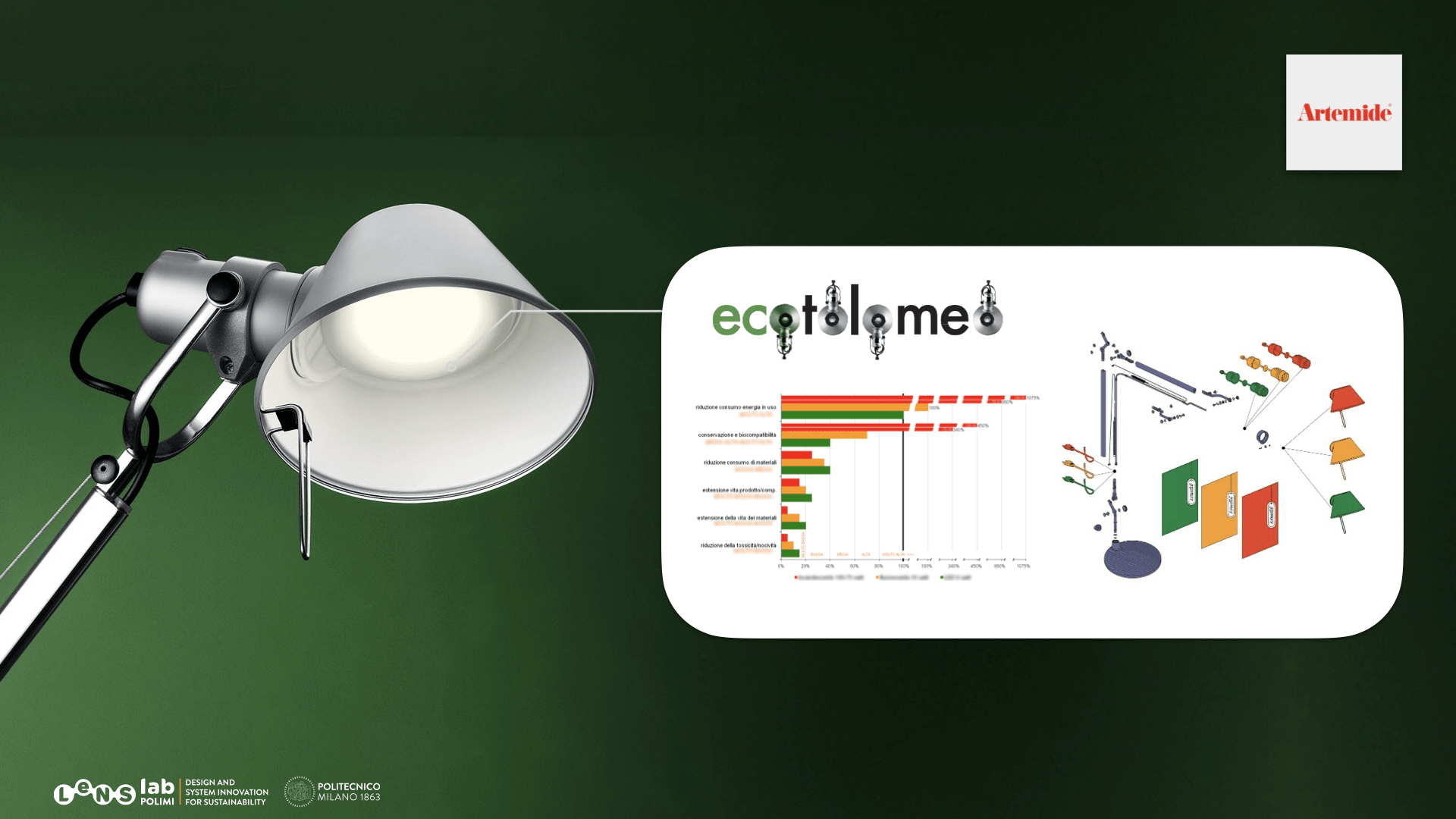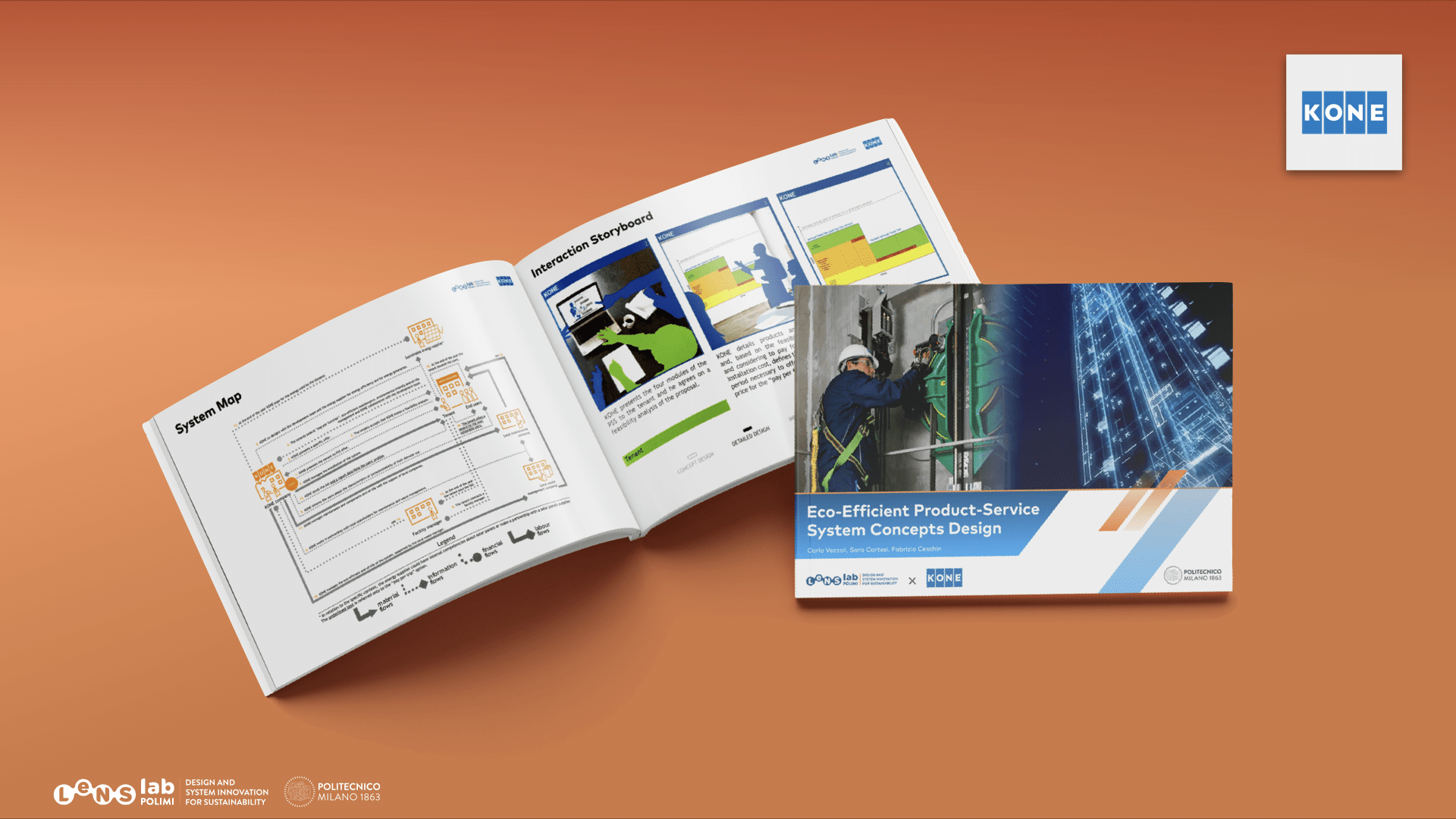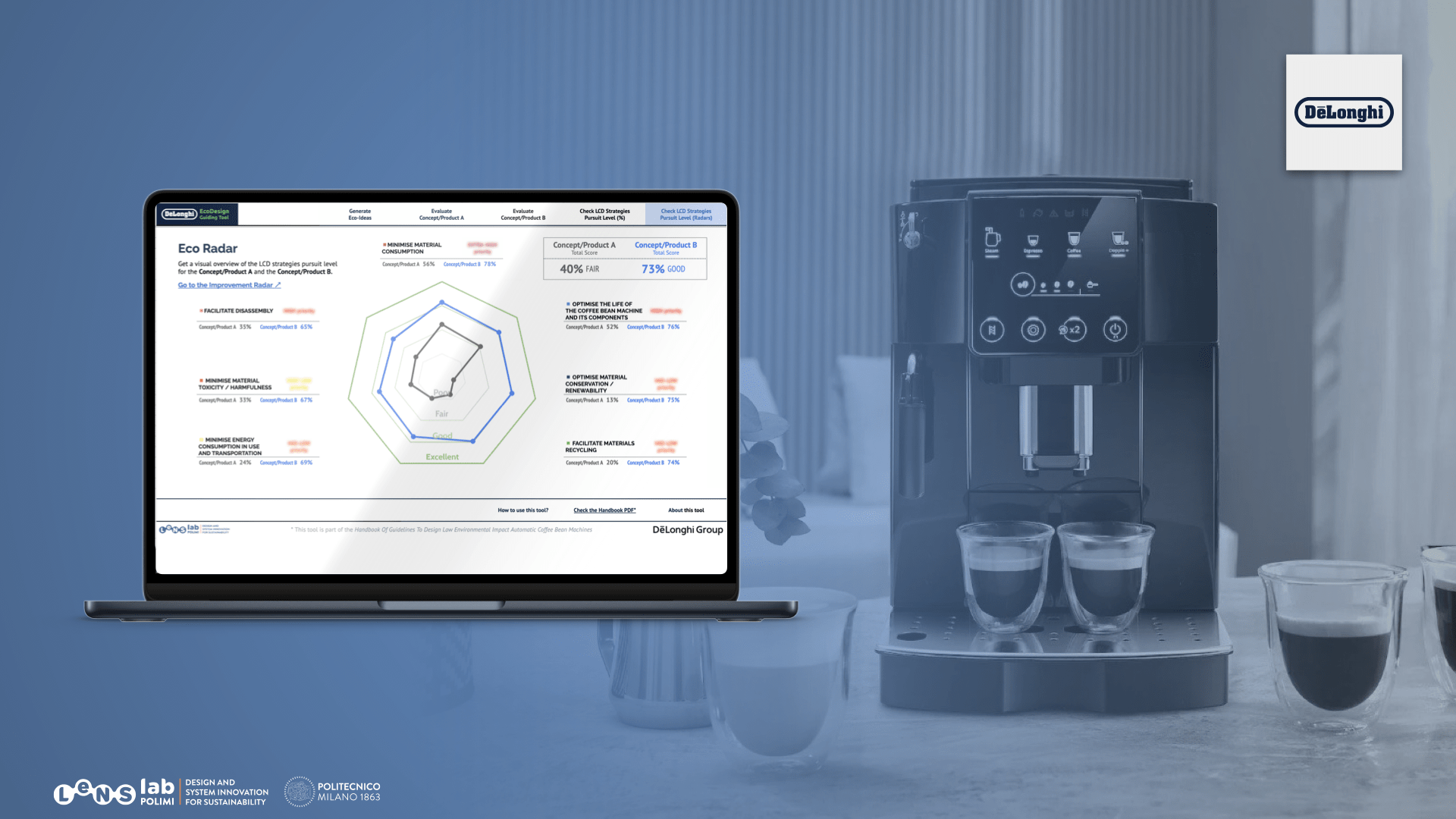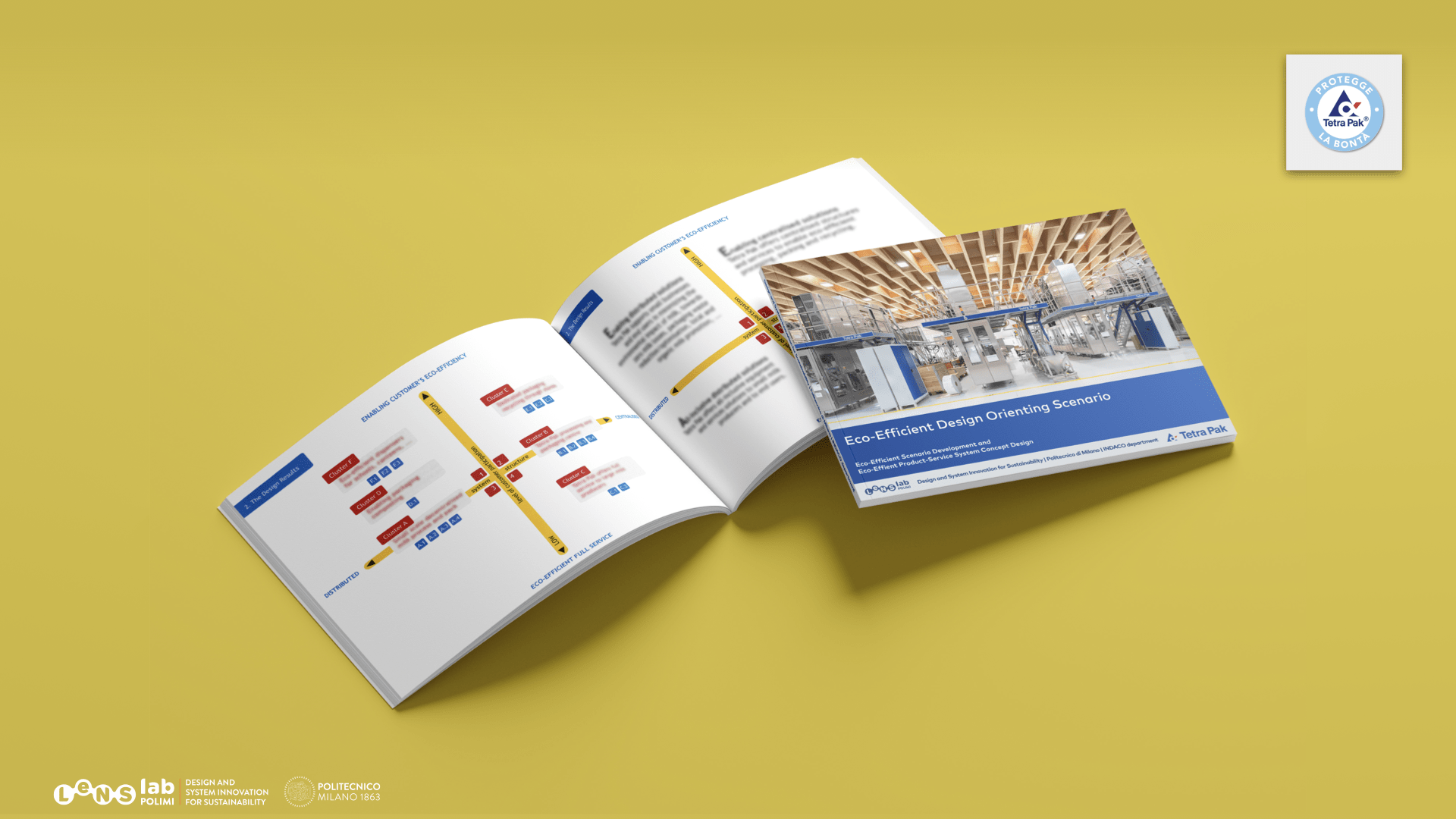AIM
Smart materials choices is a tool to make better choices about what materials go into the products as well as their impact on the wider system. It consists a comprehensive materials list (see fig.) and a Decision tree (see fig.). Users could use the materials list to list all materials for a certain product. The decision tree contains a checking process for each material to define a materials fits circular economy or not.
HOW TO USE THE TOOL
- Consider what materials your product is made of, and mapping its parts (an example: a shirt);
- Download the smart materials choices tool, and create a list of the raw materials and components required to build or manufacture your product (1..2..3..).
- Using the decision tree (as many as materials types), see whether each material is fit for circular economy. 1-2 (purple shading) means the material is not fit for the CE; 3-5 (green shading) means the material is fit for the CE.
- If any material(s) are not fit for the CE, find better alternatives or try to avoid the use of wasteful materials by answering relevant questions. If material(s) are fit for the CE, make confirmation by answering relevant questions.
RESULTS
With the smart materials choices tool, users could have a clear list of materials used for a product; and have a conclusion of whether all materials fit for circular or not.
TO VIEW AND DOWNLOAD THE TOOL : https://www.circulardesignguide.com/post/materials
Product Processes and stages
- LCA of alternative processes and LCA/qualitative evaluation of the product (Product detailed design & engineering)
- Low-impact processes selection (Product detailed design & engineering)


